
views
The Types of Buttons Used in Clothing
2-Hole Flat Buttons 2-hole flat buttons are one of the most common types of buttons. These buttons have 2 holes in the center and a flat face and back. They can be made out of almost any material and come in various designs and colors. They’re attached to a garment by sewing through the 2 holes in a repetitive pattern. Uses: Light to medium-weight fabrics Shirts, tops, blouses Skirts, dresses Pants, trousers Jackets, coats Bedding and other home goods Sewn by hand or with a machine Best for garments that don’t require extreme durability
4-Hole Flat Buttons 4-hole flat buttons are the second-most common button type. This classic button style has 4 holes in the center with a flat face and back. They come in a variety of colors, shapes, and styles. The 4-hole button is attached to the fabric by sewing between the center holes in a back-and-forth pattern. Uses: Light to medium-weight fabrics Shirts, tops, blouses Skirts, dresses Pants, trousers Jackets, coats Bedding and other home goods Sewn by hand or with a machine Best for garments that will have a lot of stress or wear
Shank Buttons Shank buttons have a flat or domed face with an anchor on the back. The face of a shank button can be flat or three-dimensional; the anchor can be large or small, rectangular, round, or tubular. These buttons are applied by sewing through the anchor and into the fabric. The face of a shank button hides the thread used to attach it to a garment, giving a more elegant finish. Uses: Light to heavy-weight fabrics Blazers, suit jackets Overcoats, waistcoats Knitwear Blouses Evening or formal wear Upholstery Sewn by hand Best for heavier fabrics and garments that need a sturdy closure Covered buttons are a style of shank button with a cloth face.
Stud Buttons Stud buttons (also known as “jean buttons”) are unlike any other button: they’re not sewn on. These buttons are applied by piercing the fabric and placing the button through the hole. Stud buttons come with a front and a backing that are pressed together to secure the button in place. Typically made of metal, these buttons are exceptionally strong and give an industrial or edgy look. Uses: Jeans Denim jackets Overalls, coveralls Workwear Not sewn, but hammered or pressed together Best for denim or upholstery projects Screw-on buttons are a style of stud button.
Press Buttons Press buttons (also referred to as “snaps”) have two parts: a front and a back. The front and back are attached to different parts of a garment, and then “snapped” together to make a closure. These buttons are invisible once snapped together, making them perfect for hidden closures. Plus, press buttons are easy to snap open and close, which makes them ideal for fabric that needs to be removed quickly. Used: Light to medium-weight fabrics Shirts, blouses Jackets, coats Children's and baby clothing Bags, purses Home goods Sewn by hand Best for holding a lightweight item in place
Hook Buttons Hook buttons (also known as “hooks and eyes”) come in two parts: a small hook and an eye-like fixture. Each piece is attached to either side of the garment, and then “hooked” or latched together to create a closure. These unique buttons come in various sizes and finishes and are typically very affordable. Uses: Light to medium-weight fabrics Waistbands Necklines, cuffs Sewn by hand Best for creating discreet, secure closures
Toggles Toggles are long, cylindrical shapes that are threaded through fabric or cord. These “buttons” are often used to attach the open ends of cloaks, capes, or coats. A piece of fabric or cord is threaded through the 2 holes of the toggle, and then the toggle is fed through a loop to create a closure. Uses: Medium to heavy-weight fabrics Coats, jackets Cloaks, capes Bags Not sewn, but threaded through material Best for creating a loose-fitting, adjustable closure Antler buttons are a style of toggle traditionally made out of deer antlers.
Decorative Buttons Decorative buttons are buttons used for decorative purposes only. These buttons are often not functional and serve only to be pretty. Decorative buttons can use a shank backing or holes for attachment, depending on the button’s overall aesthetic, size, and shape. Uses: Light to medium-weight fabrics Shirts, tops, blouses Dresses Jackets, coats Bedding and other home goods Sewn by hand Best for embellishments and decorative items Pearl buttons are a popular style of decorative button.
Beaded Buttons Beaded buttons are flat buttons with decorative beaded faces. These buttons can have a shank, 2-hole, or 4-hole finish. What sets these buttons apart is their ornate and colorful designs made entirely of seed beads. Some beaded buttons have a soft backing, allowing them to be sewn directly to a garment. Typically, these buttons are used for decorative purposes only. Uses: Lightweight fabrics Shirts, blouses Skirts, dresses Jackets, coats Formal or evening wear Bags, purses, clutches Home goods Sewn by hand Best for decorative items or embellishments
Types of Button Materials
Plastic The most common material used to make buttons is plastic. Plastic is versatile and can be molded into practically any shape or design. Most buttons you’ll see on the market today are made from plastic. Novelty buttons are usually made of plastic and shaped into fun characters or designs.
Nylon Nylon is one of the most common materials used to create buttons. This synthetic plastic is versatile and sturdy, making it ideal for all button sizes, types, and designs. These buttons have a long life and are often used on garments prone to harsher weather (like coats and jackets) because of it.
Metal Metal buttons are extremely popular because of their durability and versatility. These buttons come in a variety of shapes, sizes, and colors, making them ideal for almost any garment. Metal buttons can also be designed into any style or type of button. Copper, aluminum, zinc alloy, iron, and steel are all used to create metal buttons. Check a button’s label to determine what type of metal it’s made of.
Fabric Fabric buttons have a fabric overlay. These buttons aren’t entirely made of fabric but are simply covered by it. Most commonly seen in shank buttons, fabric buttons are often used when a button needs to be disguised with an upholstery fabric. Leather buttons are often categorized with fabric buttons; however, the overlay is created with leather fabric.
Glass Glass buttons are strong and elegant. These buttons come in a wide range of sizes, colors, and shapes, but they all have one thing in common: they sparkle. Glass buttons are eye-catching and perfect for elevating a formal garment. While it may seem like glass buttons are delicate, they’re actually incredibly strong! When handled, these buttons feel like sturdy plastic or metal.
Wood Wooden buttons come in various sizes, shapes, and styles. These buttons are incredibly versatile and are often painted or stained to match a particular fabric or garment. While not indestructible, wooden buttons are sturdy and able to withstand thicker fabrics.
Shell Mollusk shells are commonly used to create delicate, lightweight flat hole buttons. These buttons are typically used on lightweight fabrics or garments, like blouses or skirts. Shell buttons are shined to give them a natural pearlized effect. Shell buttons are also known as Mother of Pearl or Abalone buttons.
Resin Resin can be used to create flat-hole buttons of various sizes, colors, and designs. This is a common material used amongst creatives to form decorative but sturdy buttons that serve a practical use. Want to learn how to make resin buttons? Check out our guide on using epoxy resin!
Enamel Enamel buttons are made of metal and have an enamel coating that gives them a glossy finish. These buttons are machine-made and come in a variety of colors and designs. Because of their metal material, they’re durable but heavy.
Ceramic Ceramic buttons are made out of ceramic clay. These buttons are extremely delicate yet beautiful. They’re often handmade, making them one-of-a-kind pieces of art. Ceramic buttons are often used decoratively because of their fragility and lightweight nature.
Coconut Yes, you read that right! Some buttons are made out of coconut. Coconut buttons are crafted from coconut shells and have a dark or tan finish. These buttons are lightweight and can be a beautiful finish on clothing items meant for the beach.
Horn Believe it or not, some flat buttons are made using animal horns. Horn buttons have a signature tortoise pattern that many consider classic and sophisticated. Traditionally, the horn is boiled down to form a liquid, and that liquid is then molded and formed into a 2-hole or 4-hole flat button. Today, plastic buttons have replaced horn buttons, as they can still provide the signature style without animal cruelty.
Rubber Rubber is pliable and often used to create buttons that’ll be used for outerwear. The rubber is sturdy but water resistant, similar to the rubber on the bottom of your shoes. While not a common choice, rubber buttons are great for raincoats or overcoats.
FAQs
What type of button is the most popular? Plastic buttons are the most popular type of button used today. Plastic can be molded into all styles, shapes, and sizes. Plus, the material is cheap, making the buttons cheap for consumers like you.
How many types of buttons are there? There’s no knowing how many specific types of buttons there are. Styles and materials can be combined to create new, unique buttons. For this article, we highlighted the most common types of buttons.
How do you classify buttons? Buttons are classified based on their size, material, and method of application. All of these factors contribute to their “type.”
How are buttons measured? Buttons are measured with a ligne. Ligne is French for “line” and is used to measure the diameter of a button: the higher a button's ligne is, the bigger the button is. Expressed as “L,” a button ligne measures the overall size of a button. Here’s a quick size table: 14L = 9.2 mm or 0.375 in 16L = 10.5 mm or 0.375 in 18L = 11.6 mm or 7/16 in 22L = 14.2 mm or 9/16 in 23L = 14.8 mm or ⅝ in 24L = 15 mm or ⅝ in 27L = 16.8 mm or 11/16 in 30L = 19 mm or ¾ in 32L = 20 mm or 0.813 in 35L = 22 mm or 14/16 in 36L = 23 mm or 15/16 in 40L = 25.5 mm or 1 in
Why are buttons called buttons? The word “button” comes from the French word “bouter” or “boter,” which means “to thrust, strike, push.” The French term was altered in the 13th century to describe a “knob or ball attached to another body.”











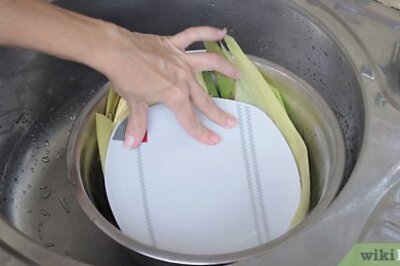
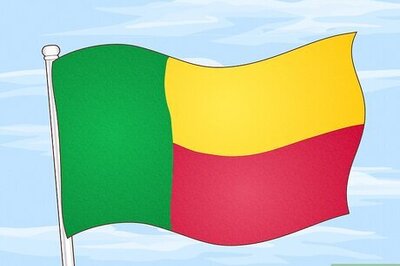
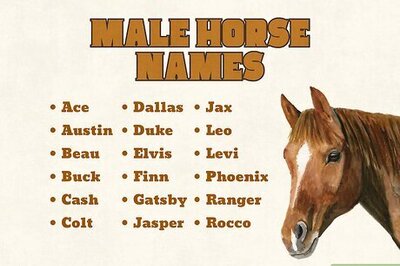
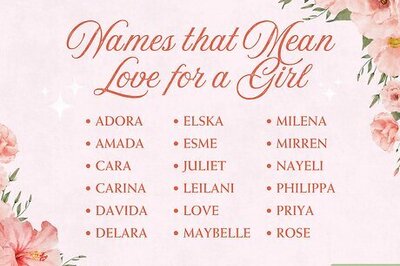
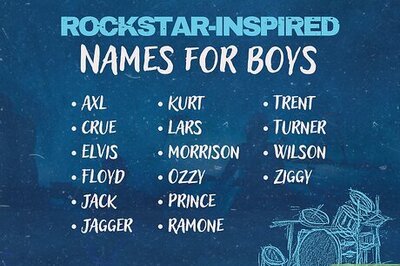
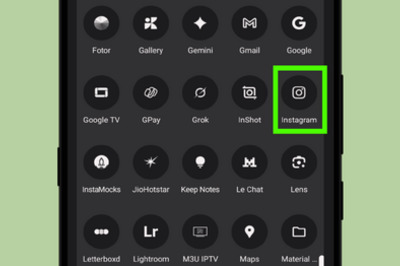
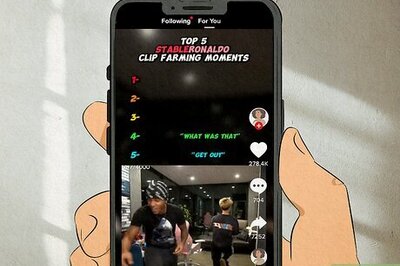
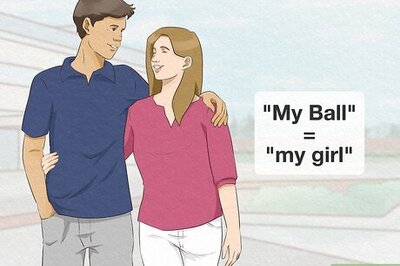
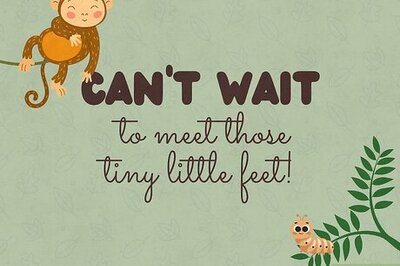
Comments
0 comment